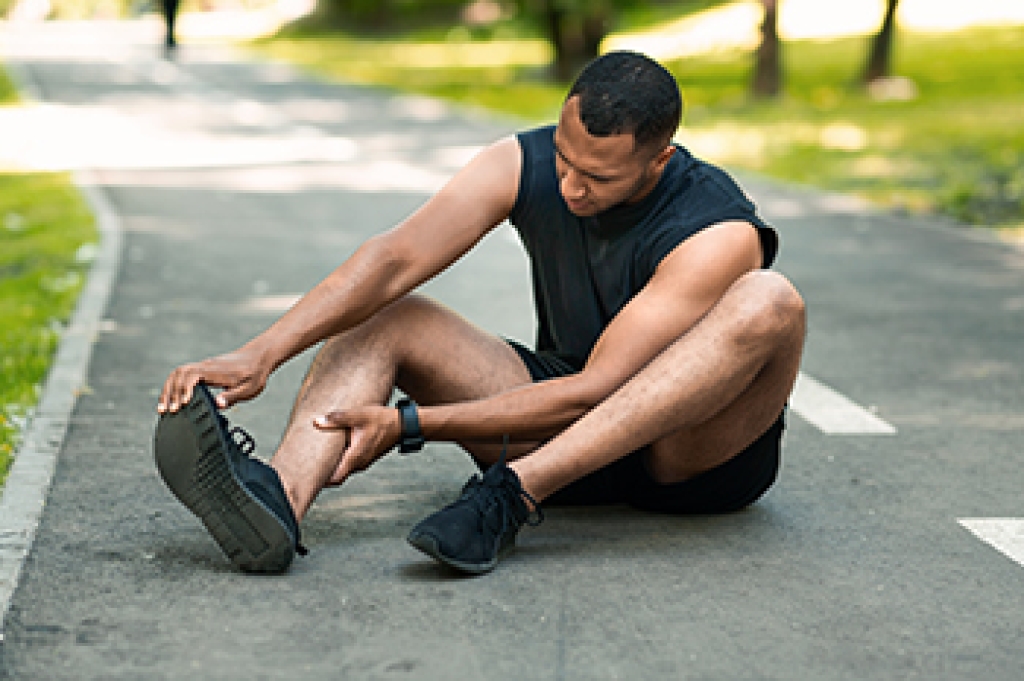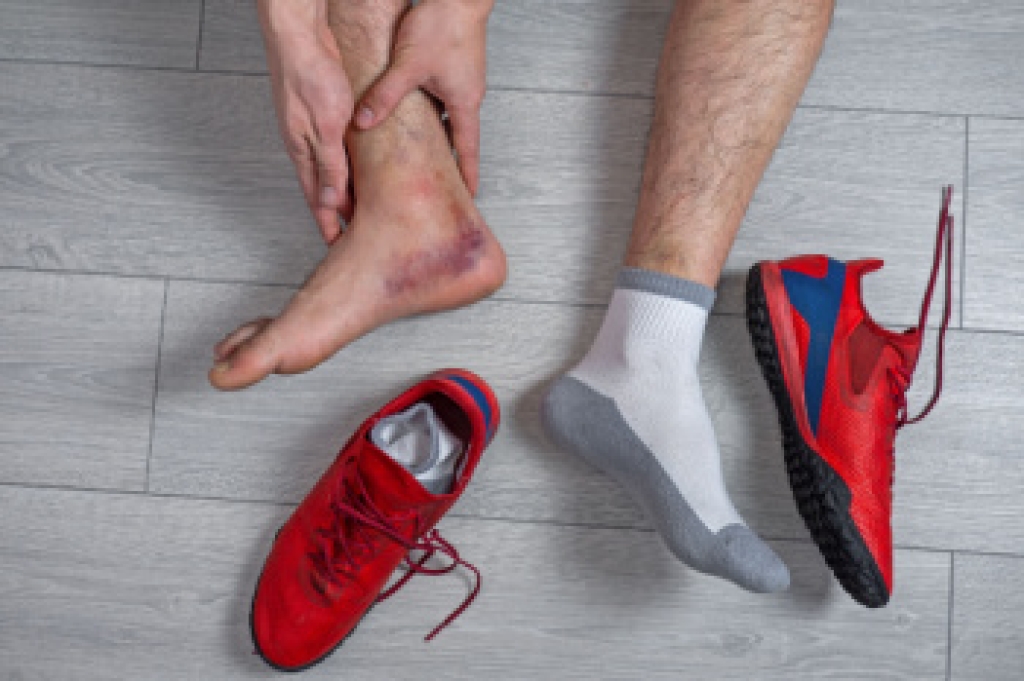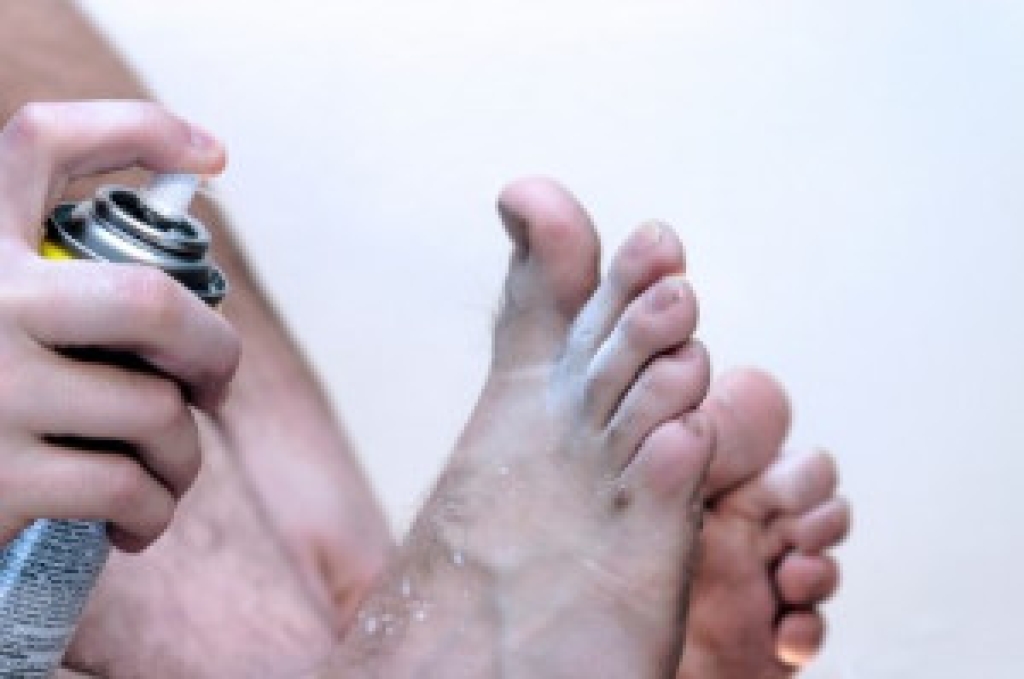
Running places repeated stress on the feet, and even small imbalances can lead to injury. Among the most frequent issues runners face are plantar fasciitis, metatarsal stress fractures, Morton’s neuroma, and tendon irritation around the ankle. Plantar fasciitis involves inflammation of the thick band of tissue on the bottom of the foot, while stress fractures occur when tiny cracks form in the metatarsal bones from repetitive impact. Morton’s neuroma causes pain between the toes from nerve irritation, and tendon problems such as peroneal or posterior tibial tendinitis can develop from overuse or improper footwear. A podiatrist can help by evaluating gait, ordering imaging studies such as X-rays, prescribing orthotics, or recommending footwear that provides proper structure and alignment. In severe cases, surgery might be required to repair damage or stabilize the foot. If you have incurred a foot injury while running, it is suggested that you make an appointment with a podiatrist for a diagnosis and treatment.
All runners should take extra precaution when trying to avoid injury. If you have any concerns about your feet, contact Ross Limon, DPM of Boca Deerfield Footcare Center. Our doctor will treat your foot and ankle needs.
How to Prevent Running Injuries
There are a lot of mistakes a runner can make prior to a workout that can induce injury. A lot of athletes tend to overstretch before running, instead of saving those workouts for a post-run routine. Deep lunges and hand-to-toe hamstring pulls should be performed after a workout instead of during a warmup. Another common mistake is jumping into an intense routine before your body is physically prepared for it. You should try to ease your way into long-distance running instead of forcing yourself to rush into it.
More Tips for Preventing Injury
- Incorporate Strength Training into Workouts - This will help improve the body’s overall athleticism
- Improve and Maintain Your Flexibility – Stretching everyday will help improve overall performance
- “Warm Up” Before Running and “Cool Down” Afterward – A warm up of 5-10 minutes helps get rid of lactic acid in the muscles and prevents delayed muscle soreness
- Cross-Training is Crucial
- Wear Proper Running Shoes
- Have a Formal Gait Analysis – Poor biomechanics can easily cause injury
If you have any questions, please feel free to contact our office located in Deerfield Beach, FL . We offer the newest diagnostic and treatment technologies for all your foot care needs.







